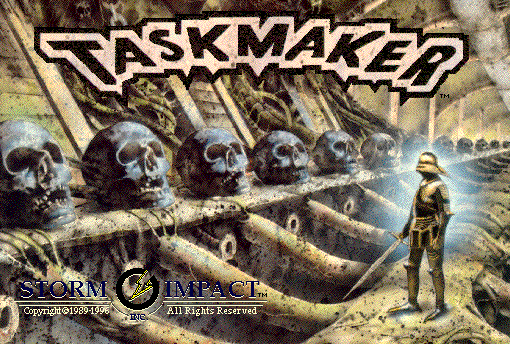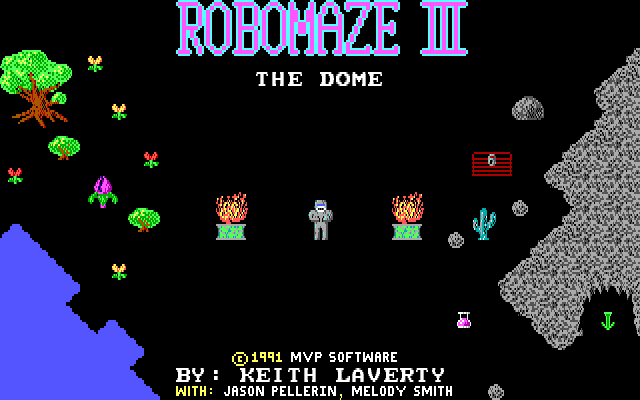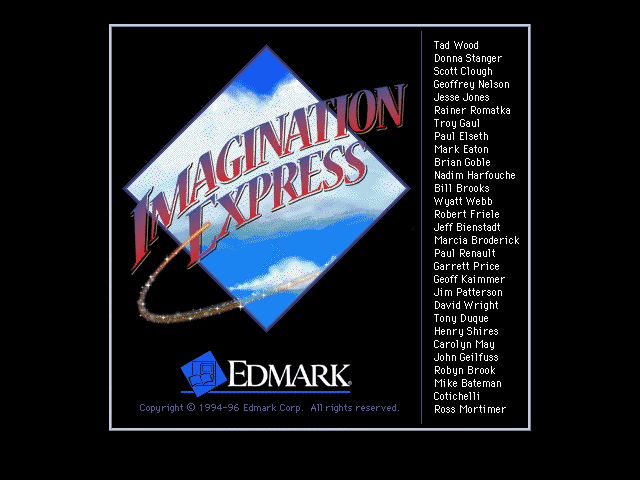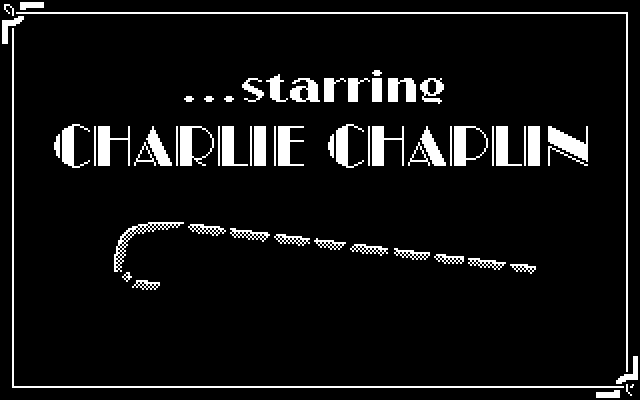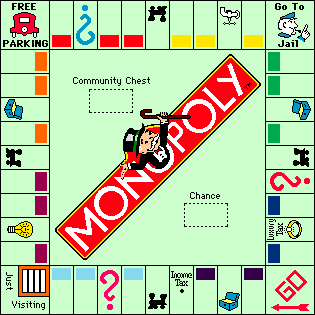
May 2nd, 5:34pm in the Living Worlds app
Back in 2012, I posted about Seize the Day, a planner program for Windows 3.1 and Macintosh. The highlight of Seize the Day is the “Living Worlds” art gallery – a collection of beautiful animated pixel art landscapes that change over the course of the day. They’re stunning and contemplative. You can stare off into the distance and imagine an entire world as the sun rises and sets.
The only way to view Living Worlds has been either to visit an excellent online version by one of the original developers or to run the original planner program in an emulator. But Seize the Day was a program you’d visit every day as part of your personal digital space, and neither of those methods has the same effect. Now Living Worlds has officially returned in an appropriately personal format – a phone app.
With the support of the artist, Mark J. Ferrari, Seize the Day developers Ian Gilman and Joseph Huckaby have adapted Living Worlds for Android and iOS. It’s a faithful reproduction of the original art, complete with a few more nifty features, like swiping to travel through time. I can’t speak to the iOS version, but on Android, you can set Living Worlds as a live wallpaper, so you get a peek into the worlds whenever you open your phone. As a phone background, it’s finally back in the right format to check throughout the day!
You can follow the development of the app on Ian Gilman’s Medium page. He seems to be regularly adding features to it, including a series of fictional journals written by Ferrari about his landscapes. Seize the Day was fairly literary and wordy for planner software, so that’s a fitting direction to take it in.
This is a terrific reimagining of Seize the Day. It’s great to see it living on in a new form where it belongs!



